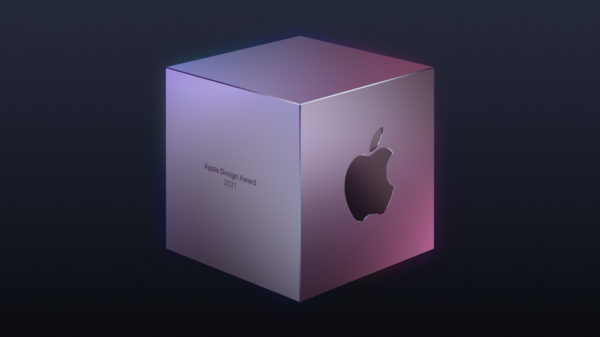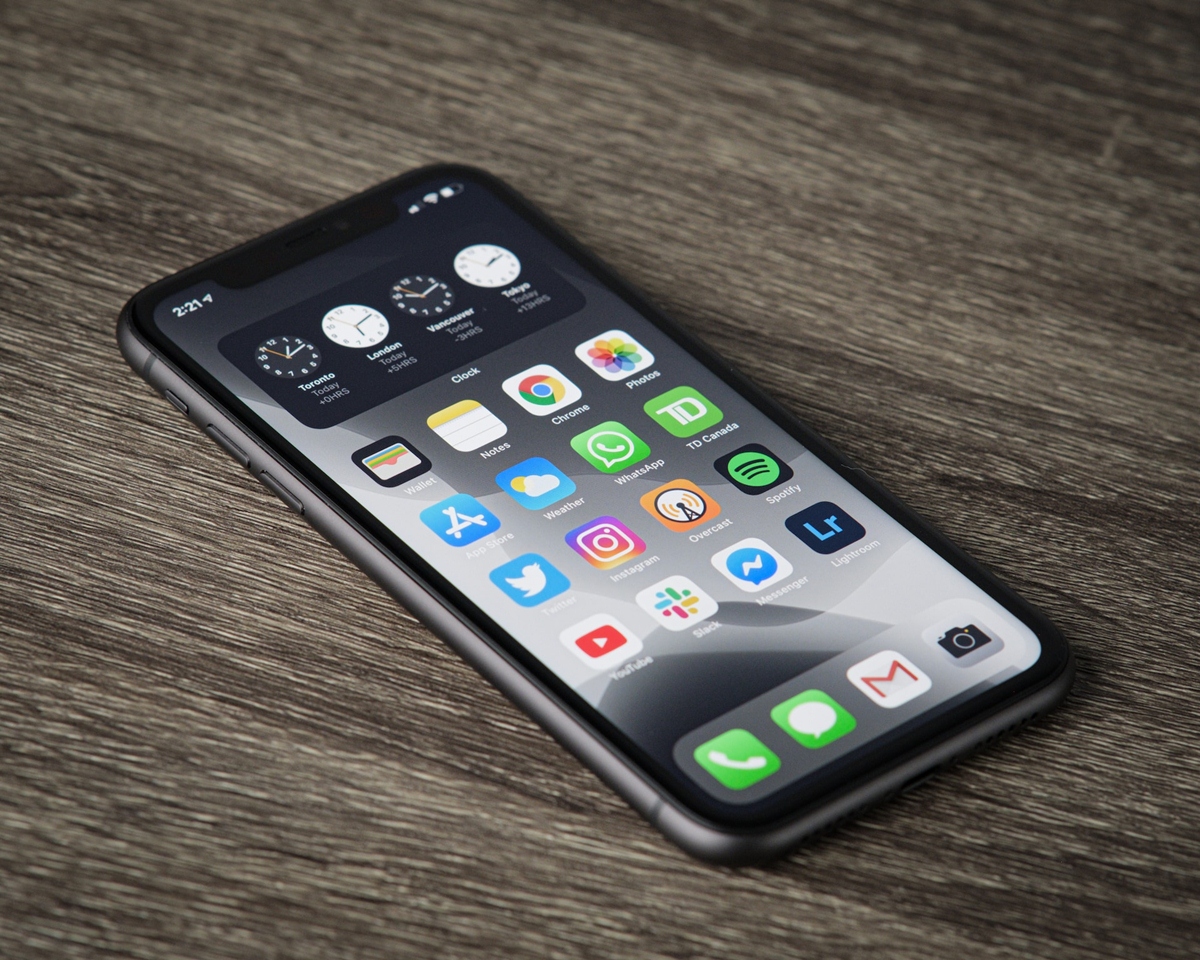The concept of system data on iPhones has often been a source of curiosity and sometimes confusion for many users. With smartphones becoming increasingly complex, understanding these integral parts of our devices is not just about satisfying curiosity; it’s about harnessing the full potential of our technology. “What is System Data on iPhone?” is more than just a question—it’s a journey into the depths of iOS, a system renowned for its seamless integration and efficiency.
This exploration not only enhances our knowledge but also serves as a stepping stone towards mastering our digital companions. In essence, delving into the intricacies of system data is not just about understanding a feature; it’s about unlocking a deeper relationship with our iPhones.
Key Takeaways
- Definition and Significance: Understanding what constitutes system data on an iPhone.
- Components and Size: Exploring the various elements that make up system data and their typical size range.
- Management and Optimization: Strategies to effectively manage and minimize system data.
- Impact on Performance: How system data affects the overall performance and storage of your iPhone.
What is System Data on iPhone?
Apart from the primary components, system data also includes:
- Application Support Files: Files that support the functionality of installed apps.
- Preferences and Settings: System and app settings data.
- iOS Update Files: Downloaded iOS update files awaiting installation.
Interestingly, the size of system data can sometimes balloon due to accumulated cache or old update files, causing users to mistake it for unnecessary bloat. However, most of it is vital for the smooth operation of the device. Regular maintenance and understanding of what comprises system data can help in efficiently managing your iPhone’s storage.

Managing and Optimizing System Data
Managing and optimizing system data on an iPhone is crucial for maintaining the device’s efficiency and ensuring that storage is used effectively. Here’s a deeper look into how you can manage and optimize system data:
- Understanding the Composition: Begin by recognizing what contributes to system data. This includes cached files, system logs, temporary files, and other non-user-generated data. By understanding these elements, you can better target your management efforts.
- Regular Software Updates: Apple frequently releases iOS updates that can optimize the system’s storage usage. These updates often include improvements that can reduce the size of system data by removing unnecessary files and optimizing existing ones.
- Clearing Cache and Data: Many apps store cache files to improve performance. Over time, these files can accumulate and take up significant space. Regularly clearing the cache of heavily used apps can free up space. However, it’s important to note that doing this might temporarily slow down the app as it rebuilds its cache.
- Optimizing Photos and Media: Use the ‘Optimize iPhone Storage’ option in settings for photos and media. This feature replaces full-resolution photos and videos with smaller, device-sized versions, while the full-resolution versions are saved in iCloud.
- Managing Installed Apps: Periodically review the apps you have installed. Unused apps not only take up storage space but can also contribute to system data through their cache and data files. Uninstalling apps that you no longer use can free up significant space.
- Factory Reset for Major Issues: In cases where system data is inexplicably large and cannot be managed by usual means, consider doing a factory reset. This should be a last resort as it will erase all data and settings. Ensure you back up important data before proceeding.
- Using Third-Party Tools: Some third-party tools can help manage system data more effectively. They can provide a more detailed breakdown of what is taking up space and offer solutions to clean up unnecessary files. Be cautious and choose reputable tools to avoid privacy and security issues.
- Regular Monitoring: Make it a habit to regularly check the iPhone’s storage usage. Go to Settings > General > iPhone Storage to view a breakdown of what’s consuming your storage. This habit will help you catch and address any unusual increase in system data size early on.
- Avoiding Beta Versions: Unless necessary, avoid installing beta versions of iOS. These versions are often less optimized for storage and might increase the size of system data.
- Contacting Apple Support: If you notice an unusual increase in system data that you can’t manage, consider contacting Apple Support. Sometimes, the issue might be related to a specific iOS bug or a hardware problem that needs professional intervention.
By following these steps, you can effectively manage and optimize system data on your iPhone, ensuring that your device runs smoothly and maintains adequate storage space for your needs.

Impact on iPhone Performance
System data, while essential for the smooth operation of your iPhone, can have a noticeable impact on the device’s performance when it becomes excessive. Understanding this impact is key to maintaining an efficient and responsive iPhone. Here’s an in-depth look at how system data can affect iPhone performance:
- Storage Space Utilization: One of the most direct impacts of bloated system data is the reduction of available storage space. iPhones, particularly those with lower storage capacities, can quickly run out of space due to large system data. This reduced space can hinder the installation of new apps, updates, and affect the ability to store personal files like photos and videos.
- Processing Speed and Responsiveness: iPhones are designed to operate efficiently with optimized system data. However, when system data becomes overly large, it can strain the device’s resources. This strain can manifest as slower app launch times, delayed response to touch inputs, and general sluggishness in day-to-day operations.
- Battery Life: Excessive system data can indirectly affect battery life. The more storage that is being used and the more system processes that are running to manage this data, the more power the device consumes. This increased power consumption can lead to a noticeable decrease in battery life, requiring more frequent charging.
- App Performance and Crashes: Large amounts of system data can lead to instability in app performance. Apps may take longer to load, suffer from increased lag, or even crash unexpectedly if the system is overloaded. This is particularly evident in resource-intensive applications that require more memory and processing power.
- System Updates and Functionality: An iPhone with excessive system data might face issues when trying to install new iOS updates, which typically require a certain amount of free space. These updates are crucial for security, performance, and introducing new features. An inability to update can leave your iPhone vulnerable and outdated.
- Heat Generation: Overburdening the iPhone’s storage and processing capabilities can lead to increased heat generation. This is because the processor has to work harder to manage the load, which in turn generates more heat. Excessive heat can not only be uncomfortable for the user but also potentially harmful to the device’s hardware in the long term.
- Overall User Experience: Ultimately, the most significant impact of unmanaged system data is on the overall user experience. A slow, unresponsive iPhone can be frustrating to use and can significantly hamper productivity and enjoyment.
Conclusion
In summary, the role of system data in the functioning of an iPhone is multifaceted and significant. It’s a blend of necessary files and data that requires regular scrutiny and management. As users, our understanding and interaction with system data not only reflect our proficiency in using our iPhones but also directly impact the device’s longevity and performance. In the vast and evolving landscape of smartphone technology, being knowledgeable about aspects like system data is not just beneficial—it’s essential.








































